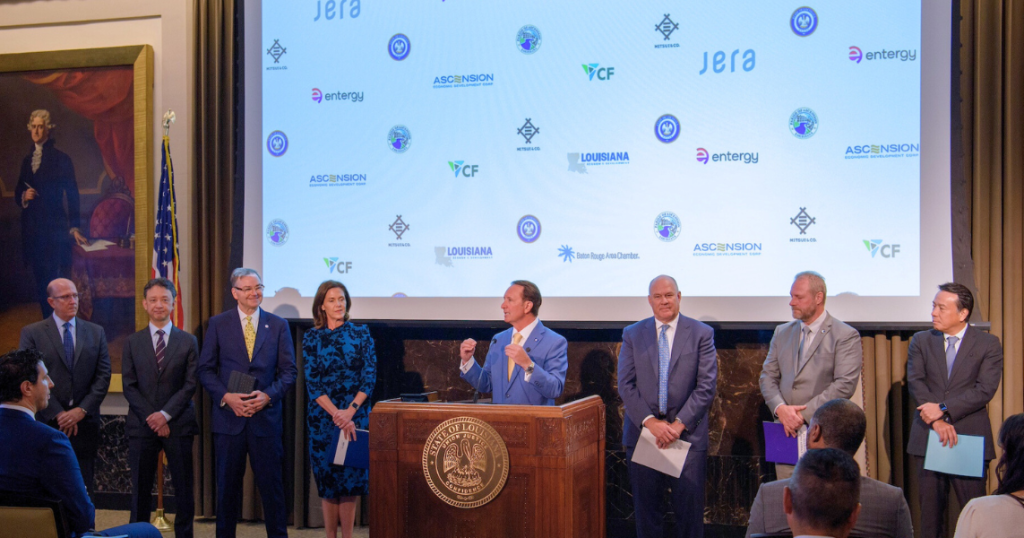(The Center Square) – Global industrial gases company Linde announced Monday it will invest more than $400 million to build the largest air separation unit along the Mississippi River, a major addition to Louisiana’s expanding low-carbon manufacturing corridor.
The new facility, to be located in Donaldsonville on the West Bank of Ascension Parish, is expected to begin construction in 2026 and start up by 2029. It will supply nitrogen and oxygen to Blue Point Number One — a $4 billion low-carbon ammonia production project developed by CF Industries, JERA, and Mitsui & Co.
The state of Louisiana offered Linde what it called a “competitive incentive package” to secure the project, including workforce support. The company is also expected to participate in the state’s Industrial Tax Exemption and Quality Jobs programs.
Linde has a massive presence in Ascension Parish, with six active contracts for the Industrial Tax Exemption Program, according to Louisiana Economic Development. Those contracts include over $700 million in investments from Linde.
The project is expected to create 15 new direct jobs with average salaries more than 45% above the parish average, while retaining over 100 existing Linde positions statewide, according to Louisiana Economic Development. The agency also estimates the investment will generate another 50 indirect jobs in the Capital Region.
“This announcement is yet another win for the West Bank as we build out the industrial base and bring high-wage job opportunities to the area,” said LED Secretary Susan B. Bourgeois. “For more than half a century, Linde has helped make Louisiana a global energy leader.”
The ASU project expands Linde’s already extensive footprint in Louisiana, which includes facilities in Geismar, St. Charles Parish, Vidalia, Lake Charles, and Sulphur, along with a pipeline network across the southern part of the state.
The new unit will become a key element in supplying inputs for clean ammonia — a fuel gaining traction for global shipping and energy markets. Ammonia made with low-carbon hydrogen is increasingly seen as a practical alternative to fossil fuels, especially for hard-to-electrify sectors like maritime transport. Linde’s facility will support that transition by providing oxygen and nitrogen essential to the production process, helping to reduce overall greenhouse gas emissions tied to ammonia use.
“This project is another application of Linde’s world-scale air separation technology and we are honored to contribute to Blue Point’s vision for a low carbon ammonia supply chain,” said Sean Durbin, Linde’s executive vice president for North America.
The announcement marks the third major industrial project announced at the RiverPlex MegaPark in the last four months, following the proposed Hyundai hydrogen-integrated steel mill and the Blue Point ammonia plant itself.
Hyundai officials presented their $6 billion steel mill vision to Louisiana’s Clean Hydrogen Task Force the same day as Linde’s announcement, describing it as a “catalyst for the hydrogen ecosystem” in the state. The company plans to begin operations using blue hydrogen—produced from natural gas with carbon capture—and eventually transition to green hydrogen powered by renewables, part of a broader roadmap to decarbonize steelmaking.
Both Hyundai and Linde’s projects reflect a growing strategic push to position Louisiana not just as an industrial powerhouse, but as a national hub for climate-conscious manufacturing.
In addition to creating jobs and attracting foreign investment, state officials say the low-carbon corridor could help Louisiana compete in an emerging global market where emissions intensity is becoming a key economic factor.
Hyundai emphasized that Louisiana’s economic development incentives, including the same ITEP and Quality Jobs programs Linde is using, were key to attracting investment.


